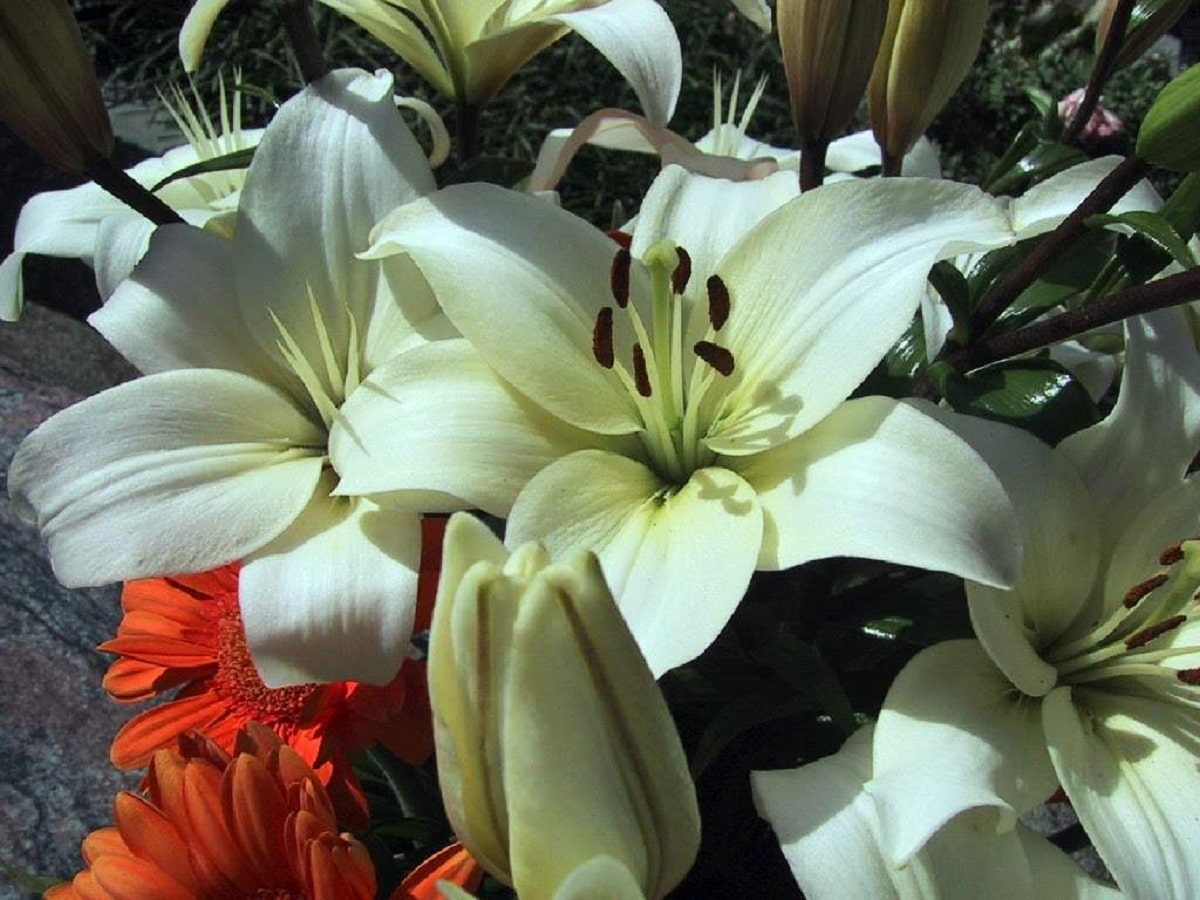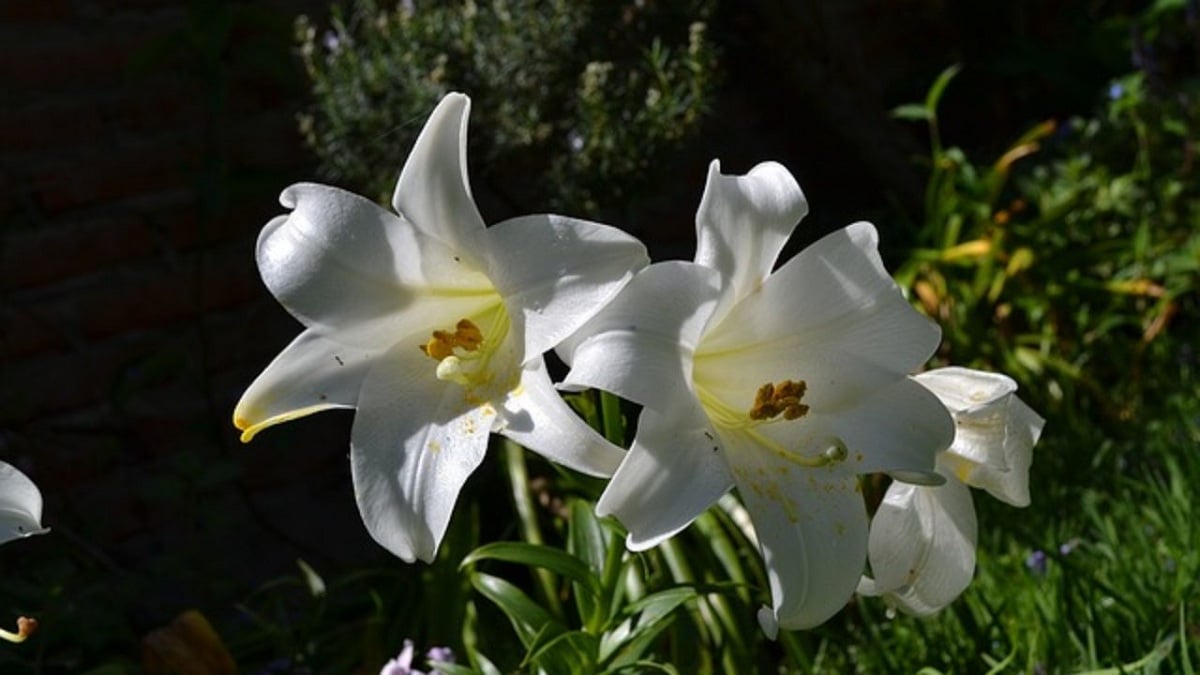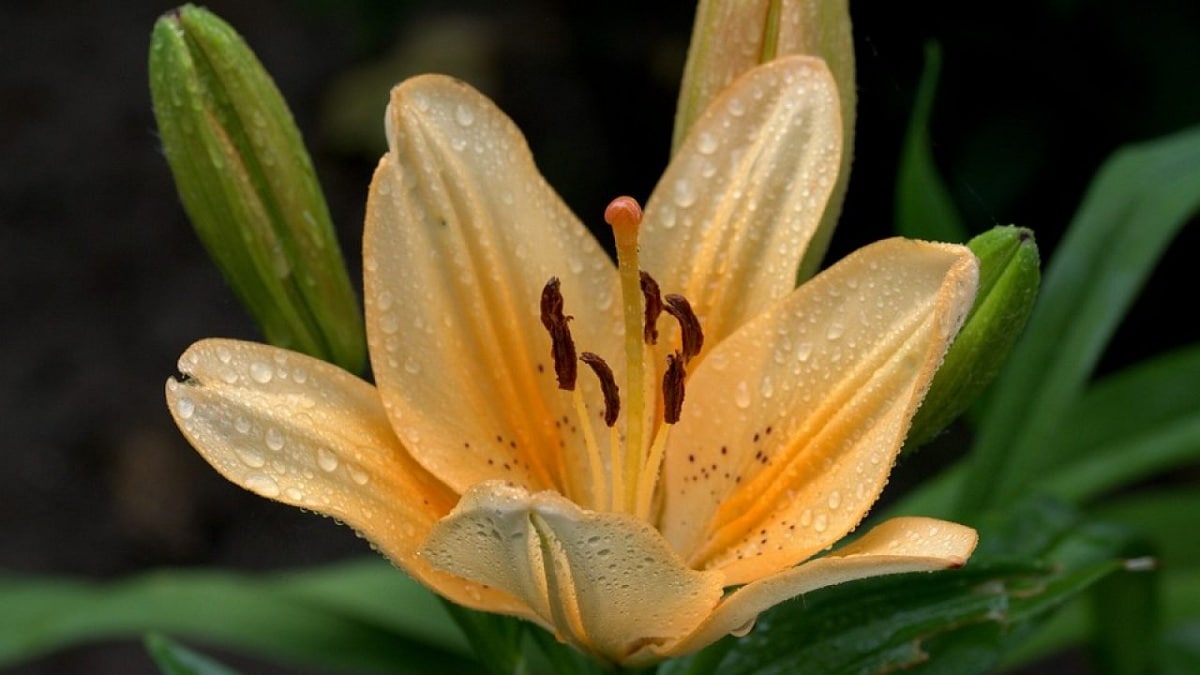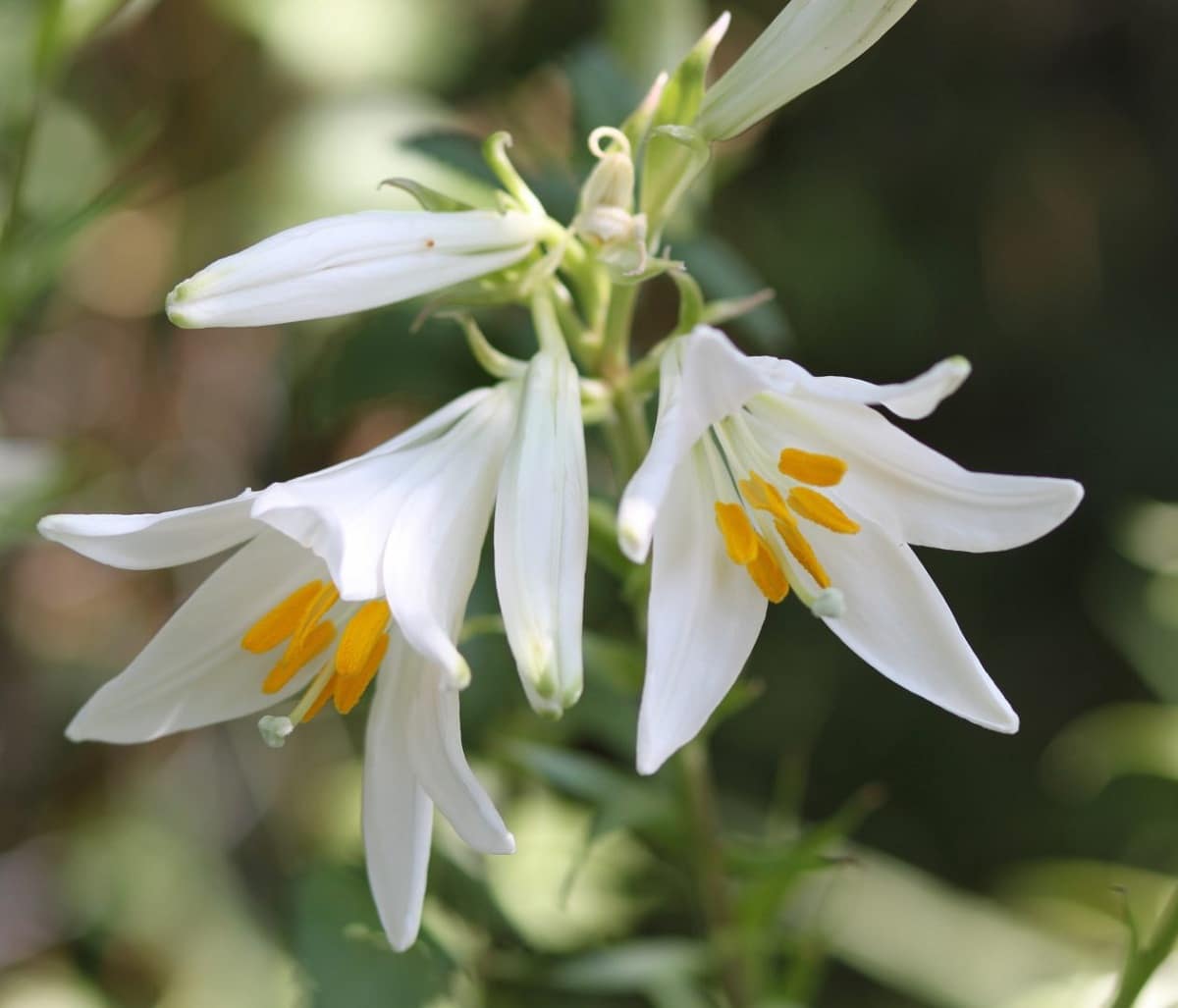
Lilies are one of the most beautiful bulbous plants in spring and summer. They produce large, brightly colored and cheerful flowers that can be cut and kept in a vase for several days. They are so beloved that we want you to enjoy them year after year without having to buy again, that's why we are going to tell you how is the multiplication of the lilyWhat is the other name they receive? .
So you already know, learn how to get new specimens of both seed and bulb following our advice.
Key features

The lily is a type of herbaceous plant that belongs to the lily family. It was originally from the Arab countries but over time it has spread throughout Asia, Europe and the rest of the continents. Today it has its distribution area spread all over the world. It has a greater presence in areas with a temperate climate.
The unemployment of this plant is divided in two. One part is shaped like atomic bulbs and grows underground. From this bulb we see that roots and the future children of the plant are detached. The other part that contains the plant is developed upright on the surface. If they grow in good conditions, it can reach two meters in height. Lanceolate-shaped green leaves sprout from this plant and at the ends we see that they expand, forming a bouquet with beautiful flowers. What is most in demand of this plant are its beautiful flowers.
The flower is hermaphrodite, so it has both stamen and pistil. This flower consists of 6 petals with an equal shape but they are arranged independently of each other. The sins have nectaries that serve to open forming a star-shaped trumpet with the tips curved back. There are flowers of many colors and they differ according to the species we are treating. There is a great variety of lilies. The most emblematic of all has the scientific name of lilies candidum and it is white and elegant. It is a symbol of purity, majesty and true love. It is one of the most demanded since it has a much higher ornamental value.
Lily cultivation

The lily not only has a unique beauty, durability, but is also easy to grow. The flowers of this plant are used for decoration both indoors and outdoors. It is used to make beautiful flower arrangements and to create the traditional bridal bouquet. The species of lily that are most often traded are lilies candidum, Lilium amabile, Lilium cernum and Lilium Martagon.
To learn more about the cultivation, we see that the time of year where the lily bulbs are planted is in autumn. In order for them to thrive well, the bulb should be covered with enough soil and place it at a depth of about 2 or 3 times the size of the bulb. These bulbs prefer a soil that has a preferably acid composition and it is advisable to fertilize it with manure. The minimum distance so that the lily does not have any type of competition for resources with its companions, it is necessary to leave a minimum of 20 centimeters. In this way, they will be able to develop in good conditions.
Regarding environmental conditions, prefers cool places but not excessively cold. It is advisable to leave it in a place where it can have some sun. The earth must be kept damp but not flooded. Therefore, the irrigations must be frequent but not abundant. It is interesting to put the mineral fertilizer diluted in water of watering every 15 days from the appearance of the first shoots. Once you have commented on the flowering time, you no longer need to add fertilizer.
The lilies have the same care, no matter we put it in a pot or the garden. These cares to be similar, as long as irrigation, light and shade conditions are controlled. You have to be careful with this plant as it can be severely attacked by aphids, thrips and spiders. These and insects end up eating its leaves and transmit fungi, viruses and bacteria. Hence, it is important to take care of all the nutrients in the soil and irrigation water. If necessary, it is necessary to use some type of insecticide.
How to multiply the lily by seeds?

To get your lily to produce seeds it is very important that you have at least two plants that are currently in flower. If so, you have to pass a small brush through the receptacles, first to one flower, then to the other, and go through the first one again. This is what is known as cross pollination and will help all of them to fertilize. Do it like this until the flowers dry, forming the fruit you see in the image on the right.
Once they are dry, you can cut it with scissors, open it and sow the seeds in a seedbed. As such, you can actually use anything: a flowerpot, a seedling tray, glasses of yogurt, milk containers, ... But yes, if you choose to use containers that have been for edible products, clean them with water and make a hole for them. water drainage. Then fill them with universal growing medium mixed with 30% perlite and cover the seeds with a very thin layer of soil.
They will germinate in no more than two months while in semi-shade.
How to multiply the lily by bulbs?
A faster way to get new lily or lily specimens is to multiply them by bulbs. To do this, what you have to do is leave them in the same place after flowering, as this allows the plant to produce what I like to call "bulbs". These bulbs they can be separated from the mother plant after about 3 months counting from when the flower stems dry. To do this, you simply have to extract the lilium from the pot, remove the soil and carefully separate the small bulbs with some roots.
Finally, they will be planted in new pots or in the garden. I hope that with this information you can learn more about the multiplication of the lily.